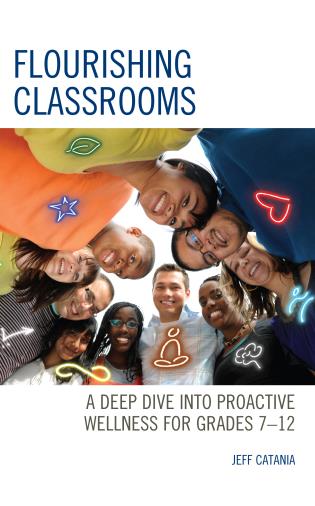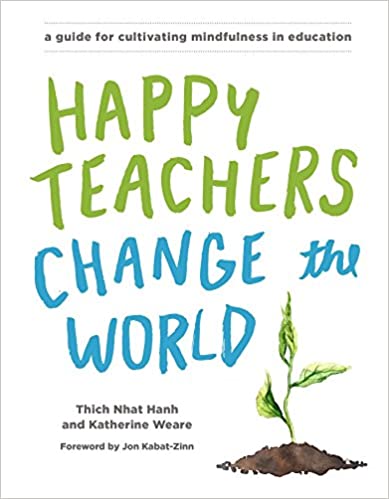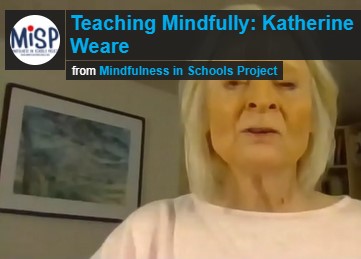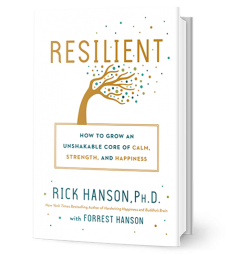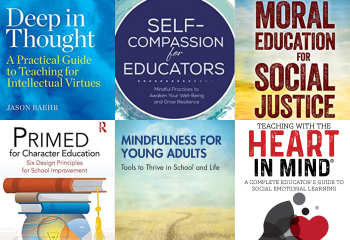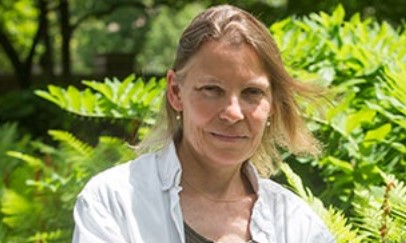Positive Neuroplasticity for the World
Education
Well-being for Educators and Their Students
Flourishing Classrooms, by Jeff Catania, shows educators why and how to put well-being in its rightful place beside learning at the very heart of schooling.
In this book, classroom teachers will find 146 ready-to-use, research-based, cross-curricular activities organized in nine domains of wellness to boost both student and teacher wellness. Administrators and district leaders can use sharing strategies provided to spread well-being across schools, districts, and the entire school community.
Like never before, our world needs graduates with social-emotional intelligence, critical thinking, and empathy. Teachers too need well-being—more than ever—in addition to these prosocial qualities.
Using Positive Neuroplasticity With Refugee Children
Ukrainian born Olha Samborska uses positive neuroplasticity in her work teaching Ukrainian refugee children in Germany. Here is her account of how she works with this challenging situation:
“Traumatised children need to be actively listened to, hearing and accepting their stories, behaviour, and demands. When they first arrived after the onset of the war, children were constantly talking about their experiences with the war. To help bring them out of their fixation on these experiences, I drew upon their internal resources, using the HEAL method.
Read More
"I turned to the one thing these children could connect with: their deep Ukrainian culture, including music, songs, fairy tales, legends – everything that lies deep in the collective memory and unites all Ukrainian people. I arranged video meditations, which included beautiful pictures of forests or other familiar landscapes, accompanied by soothing music. I asked the children to lie on yoga mats to listen, relax, and remember the pleasant moments in their lives when they lived with their parents in Ukraine.
"Since the traumatic events were fresh and constantly present, there was no need to specifically evoke negative experiences. Instead, I pulled out the positive from their memories, implicitly linking these with the negative emotions that were so chronic. I tried to keep them in this state for as long as possible. When the children were ready to come back, I suggested they keep these memories and transfer them to their drawings, which they did immediately after the meditation. These drawings included a mixture of pleasant past memories along with war images, like rockets overhead. Then I asked students to talk about their experience, show their drawings, and explain what they meant. It was a huge relief for them.
"I also play joyful Ukrainian music, to which they dance. In movement, children release negative blockages. Every day they became freer from negativity, until gradually a smile returns to their faces. Both traditional and modern Ukrainian music is familiar to the children, uniting us in our common traumas (transgenerational) by utilizing common resources to overcome them. Ukrainians have used these resources for many generations, helping relieve war trauma and depression. I have always been impressed by the example of my parents, who survived the terrible deportation from the Beskid Mountains to the south of Ukraine at the behest of Stalin after World War II, but always remained cheerful and positive. I know that they were helped by the practice of celebrating holidays and folk rituals together, as well as fun evenings where they shared food and danced together and were constantly in prayer.
"So I realized how important it is to create positivity in the classroom to pull them out of the abyss into which the war had thrown them. I keep parents informed about what we do in the classroom by sending them videos of their children dancing or meditating. In this way, parents understand the changes that are happening with their children and hopefully they can use these methods to heal their own trauma."
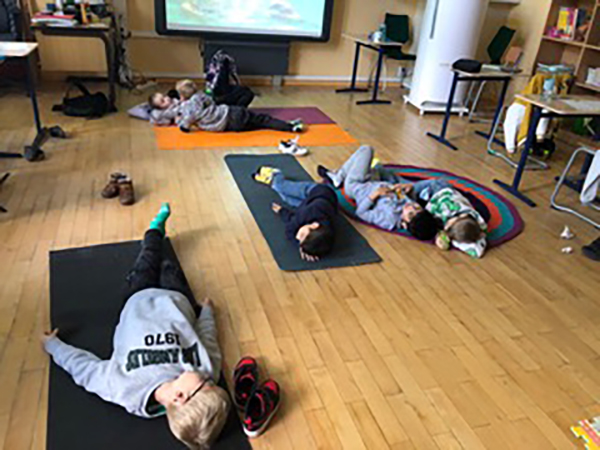
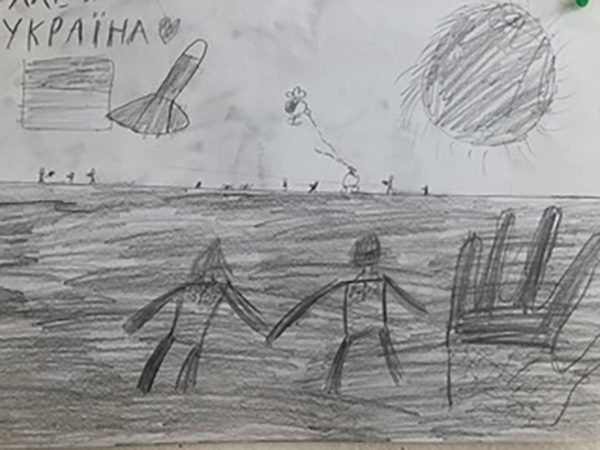
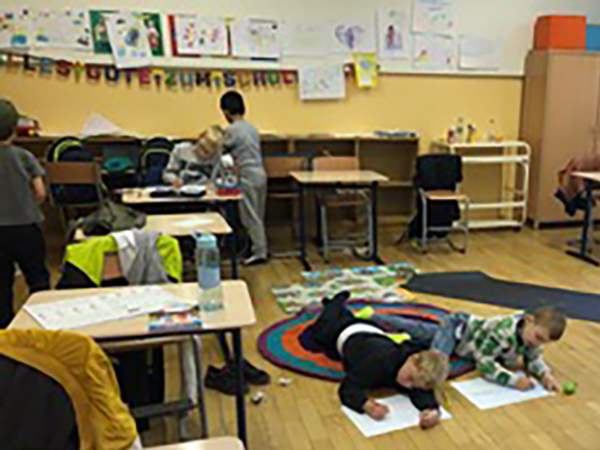
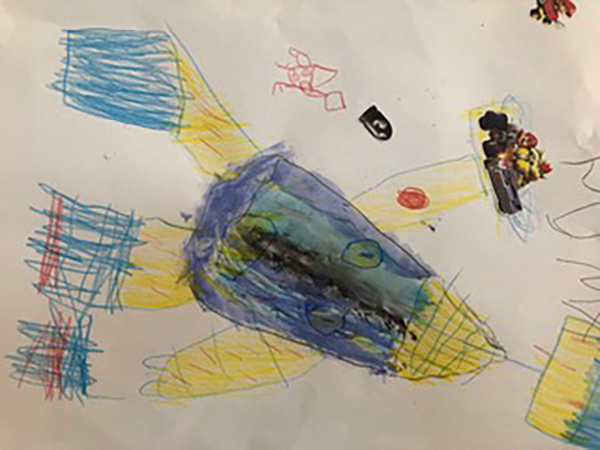
Read about the HELP project, which aims to teach the science-based, innovative HEAL method to refugees in a free online course.
An online PNT course is available in:
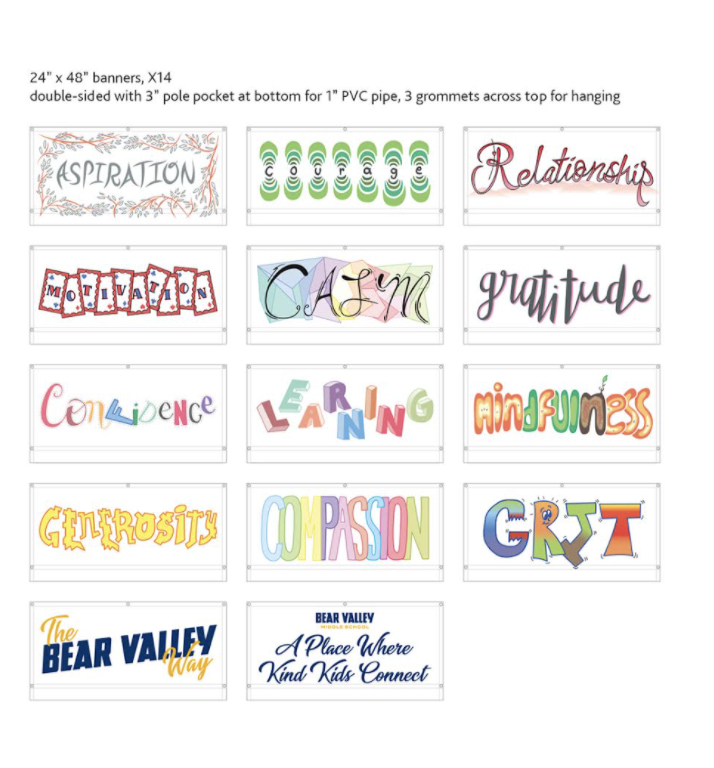
Positive Neuroplasticity Through Art
by Terrilynn Quick
“I teach art at a middle school in Escondido California. During Covid I designed art lessons inspired by the book, Resilient, by Rick Hansen to assist all of us with SEL (social emotional learning).
“Students learned lettering styles, using the skills of sketchbook-journaling to process their current life experience. One inspirational word a week was introduced along with art fundamental skills and a focus on color theory.
“The Weekly Words were discussed, illustrated, and drawings inspired by the words, introducing art techniques. These pages were then assembled into books for students to keep as reference to this time.”
“As an extension to this unit, I accessed a community wall through Escondido’s street art and murals program for students to promote this media.
“The opportunity to work outside with paint and incorporate the shared words was a rich time for personal self expression and collaboration for the students to create a shared work of art.
“Students’ art work was then selected by our school to be printed on banners that suspend above all staff and students as they walk towards the administration office.”

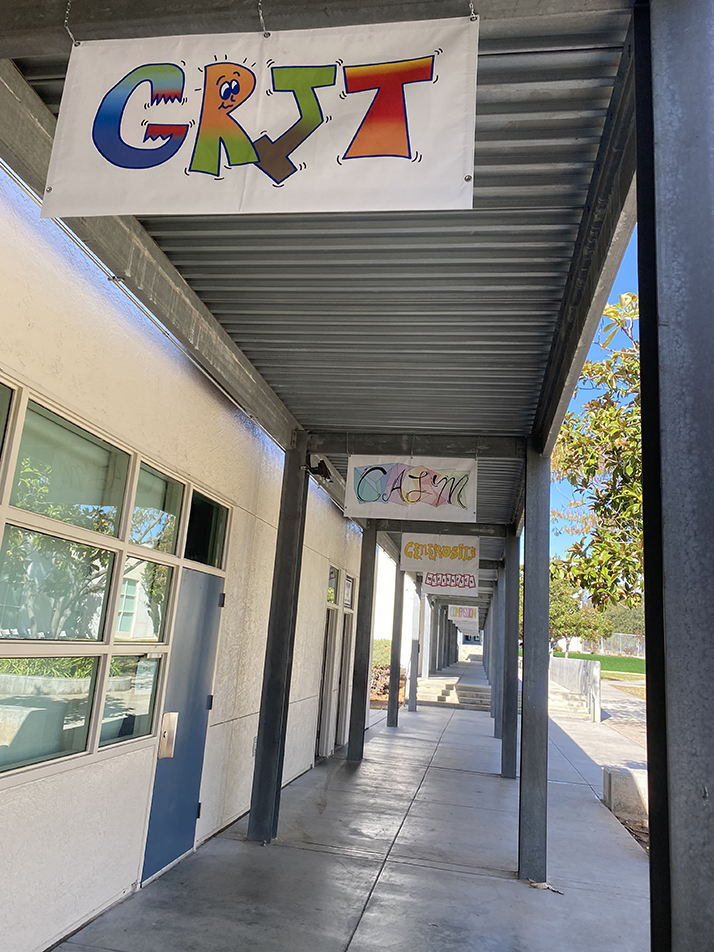
Barbara Arrowsmith Young tells her story of being a child diagnosed with severe learning disabilities, and her journey of discovery and innovation to overcome them. She is now recognized as the creator of one of the first practical applications of the principles of neuroplasticity to the treatment of learning disorders. Her program is implemented in 54 schools internationally.
“Our mission is not just to transmit knowledge, but to form human beings – to construct a worthy beautiful human race, in order to take care of each other, and our precious planet.” ~ Thich Nhat Hanh from the book
Katherine Weare is known internationally for her work on social and emotional learning, most recently focusing on mindfulness and compassion-based approaches in education. She was one of many inspiring speakers at the 2020 Teaching Mindfully Conference in the UK.
Learning is the superpower of superpowers, the one that grows the rest of them. If you want to steepen your growth curve in life, it pays to learn about learning.
Excerpt from the book:
Going on a long hike, we need to bring food and other supplies. Similarly, on the road of life we need psychological supplies such as compassion and courage. How do we get these supplies into the neural “backpack”? We do it by learning.
Broadening Learning in Schools
The Great Good Science Center publishes its favorite books for educators. Their 2021 list includes books on mindfulness for youth, self-compassion for teachers, teaching morals, virtue, and character, and incorporating heart in education.
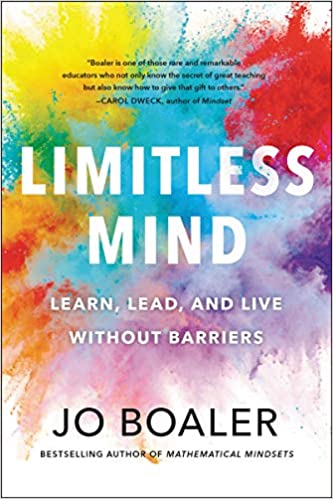
Neuroplasticity Helps You Learn
Standford professor Dr. Jo Boaler’s research on brain plasticity shows how brains change in response to learning. In Limitless Mind, she argues that learning can take place at any age, but this fact hasn’t yet been recognized by mainstream education.
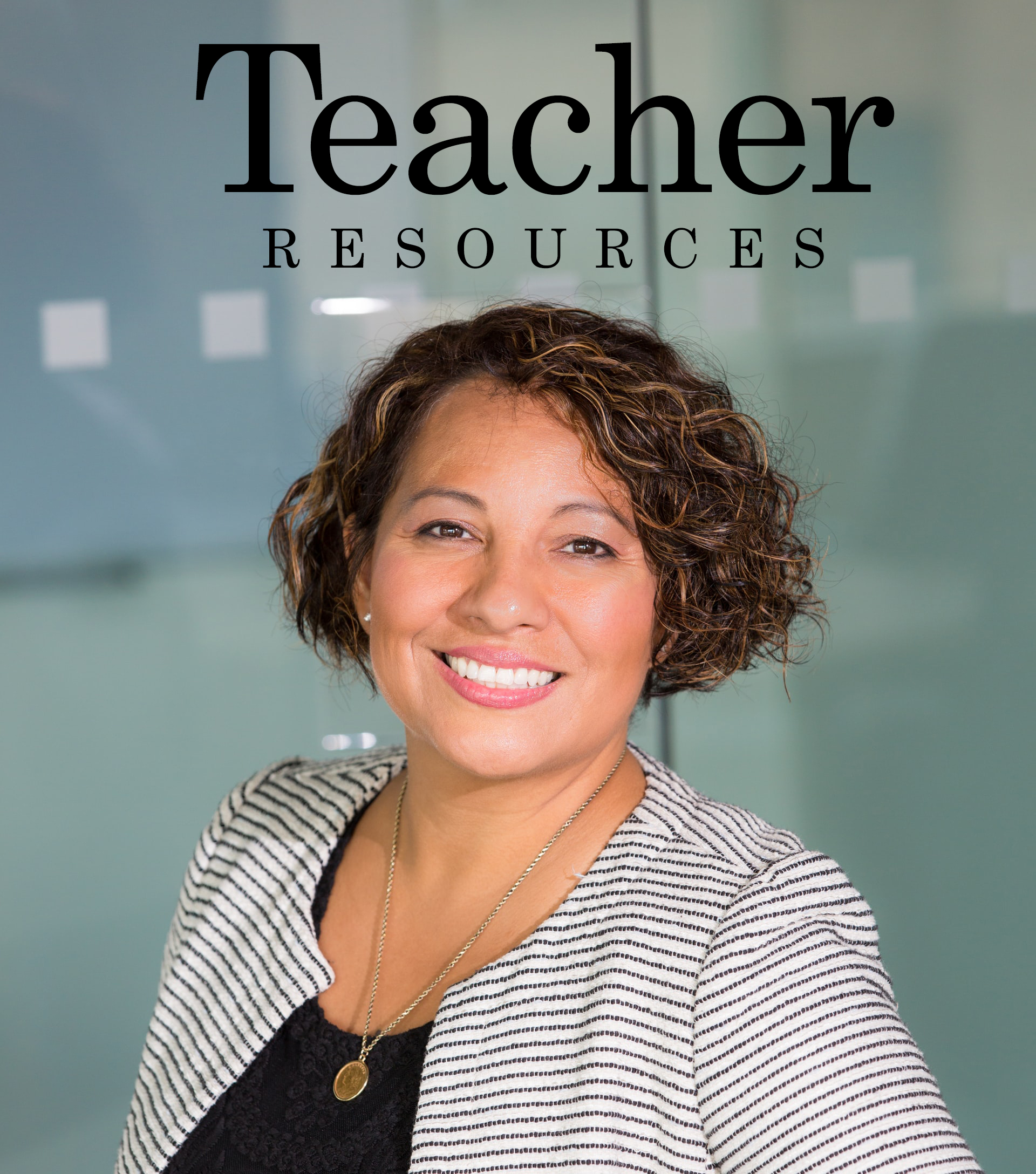
Mindful Schools offers low cost mindfulness training for educators. Their mission is to “build the capacity of educators to create mindful and heart-centered learning communities.”
This article from the One World International School examines how the brain develops at different age groups and how teachers can play a pivotal role in helping the brain develop in positive ways.
Empowering Education offers full lesson plans for teachers on teaching kids about neuroplasticity, or how the brain grows.
Lesson Plans and activities on teaching neuroplasticity in the classroom are available for purchase on the Teachers Pay Teachers website.
Columbia University’s Zuckerman Institute brings neuroscience to the classroom with online and downloadable resources through their BrainSTEM program.
Classes
German PNT Teacher Katja Meyer-Rachner and her sister Jessica offer free Positive Neuroplasticity Training courses in German for school teachers. PNT and Mindfulness Training for Teachers – The Happy Classroom is a government-funded PNT course specifically designed for teachers to use positive neuroplasticity – and specifically Rick Hanson’s HEAL method – in their classrooms. See PN Classes for current listings of courses.
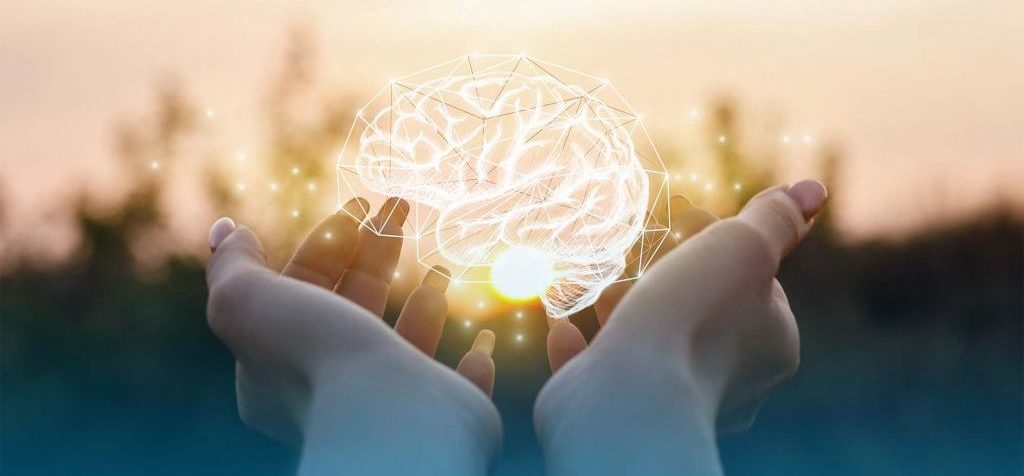
Mindful Art and Neuroplasticity
Sophia England incorporates positive neuroplasticity into her Mindfulness and Mindfulness & Art classes for children. She uses art, mindful drawing, mixed media and painting along with music and mindful movement, creating practices that are suited to the developmental age and the child’s sensitivity. Using art, mindfulness and neuroplasticity in combination offers a valuable resource to support children’s heathy brain development alongside their physical, emotional and psychological wellbeing.
Key Talks at the Neuroplasticity and Education Conference, 2013
Environment
back to top
Researchers at the Department of Neurology at Cedars-Sinai study how changing global temperatures could mean lost productivity for workers around the globe.
“Clearly, there’s an optimum temperature at which the brain and body work best, and if the temperature gets too hot, productivity goes down because our brains and bodies can’t function at top-notch speed,” says Dr. Nancy Sicotte.
Turning the brain green
Neurosurgeon Ann-Christine Duhaime studies whether the brain’s inherited drive for stuff and stimulation is making it hard for humans to get by with less, and harming the planet in the process. Her research suggests that curbing consumption will require tapping other types of rewards the brain craves.
Global
back to top
How to Promote Healthy Human Politics
What is the foundation of all happiness? According to the wisdom teachings of many traditions, the foundation of lasting happiness is virtuous conduct. How could we integrate virtuous conduct into our politics and how the whole human tribe governs itself?
Restoring Healthy Politics
Caught up in the daily now, it’s easy to forget that we are each a living museum, containing the solutions to harsh survival problems faced by our ancestors. Primates emerged around 60 million years ago, tool-manufacturing hominids about 2.5 million years ago, and anatomically modern people nearly 300,000 years ago. For more than 99 percent of this time, our great-etc.-great-grandparents lived in small hunter-gatherer bands; a typical human band had 50 or so members, many of them children. As the brain has tripled in volume over the last several million years, a major driver of its evolution has been the selective advantages of growing social capabilities such as empathy, bonding, language, compassion, and cooperative planning.
In this episode of “Talkin‘ Politics & Religion Without Killin‘ Each Other,” Rick Hanson looks at politics from the perspective of the unique traits humans developed over millions of years and how this might relate to the many problems that ail us today – and their solutions.

